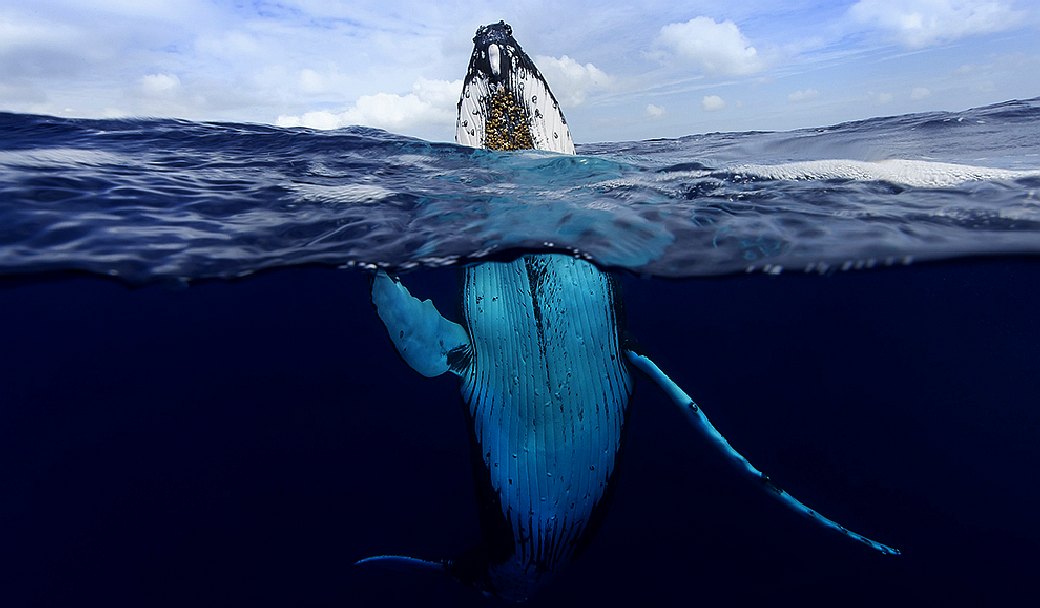|
DOLPHINS
ABOUT - HOME - WHALING - A-Z INDEX
SIX PACK - Plastic rings such as the one this dolphin is playing with were seen as innovative packaging in the 1970s, but now we realise from seeing marine life suffer from our ingenuity that some of our convenience shopping presents a serious threat to marine mammals while still in solid form, soon to be spread even wider as the item degrades into smaller pieces to reach other animals lower down the food chain.
Dolphins are descendants of land-dwelling mammals of the artiodactyl order (even-toed ungulates). They are related to the Indohyus, an extinct chevrotain-like ungulate, from which they split approximately 48 million years ago.
Dolphins have conical teeth, as opposed to porpoises' spade-shaped teeth. These conical teeth are used to catch swift prey such as
fish, squid or large mammals, such as
seals.
LEAPING - Dolphins are famous for their antics in and out of water, especially the leap and their willingness to engage with humans.
All dolphins have a thick layer of blubber, thickness varying on
climate. This blubber can help with buoyancy, protection to some extent as predators would have a hard time getting through a thick layer of fat, and
energy for leaner times; the primary usage for blubber is insulation from the harsh climate. Calves, generally, are born with a thin layer of blubber, which develops at different paces depending on the habitat.
Dolphins range in size from the 1.7 m (5.6 ft) long and 50 kg (110 lb) Maui's dolphin to the 9.5 m (31 ft) and 10 t (11 short tons) killer whale. Several species exhibit sexual dimorphism, in that the males are larger than females. They have streamlined bodies and two limbs that are modified into flippers. Though not quite as flexible as seals, some dolphins can travel at 55.5 km/h (34.5 mph). Dolphins use their conical shaped teeth to capture fast moving prey. They have well-developed hearing which is adapted for both air and water and is so well developed that some can survive even if they are blind. Some species are well adapted for diving to great depths. They have a layer of fat, or blubber, under the skin to keep warm in the cold
water.
LINKS & REFERENCE
https://
MARINE LIFE - This humpback whale is one example of a magnificent animal that is at the mercy of human activity. Humans are for the most part unaware of the harm their fast-lane lifestyles are causing. We aim to change that by doing all we can to promote ocean literacy.
Anchovies | Bass | Bream | Catfish | Clams | Cod Coley | Crabs | Crayfish | Eels | Grouper | Haddock | Hake | Halibut | Herring | Jellyfish Krill | Lobster | Mackerel | Marlin | Monkfish | Mullet | Mussels | Oysters | Perch | Piranha | Plaice | Pollock | Prawns | Rays | Sablefish | Salmon Sardines | Scallops | Sharks | Shrimp | Skate | Sole | Sprat | Squid | Sturgeon | Swordfish | Trout | Tuna | Turbot | Whiting
This website is provided on a free basis as a public information service. Copyright © Cleaner Oceans Foundation Ltd (COFL) (Company No: 4674774) 2022. Solar Studios, BN271RF, United Kingdom. COFL is a charity without share capital.
|






